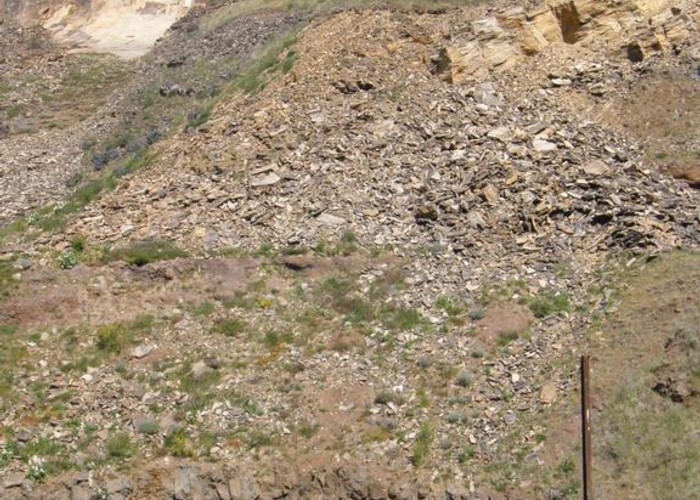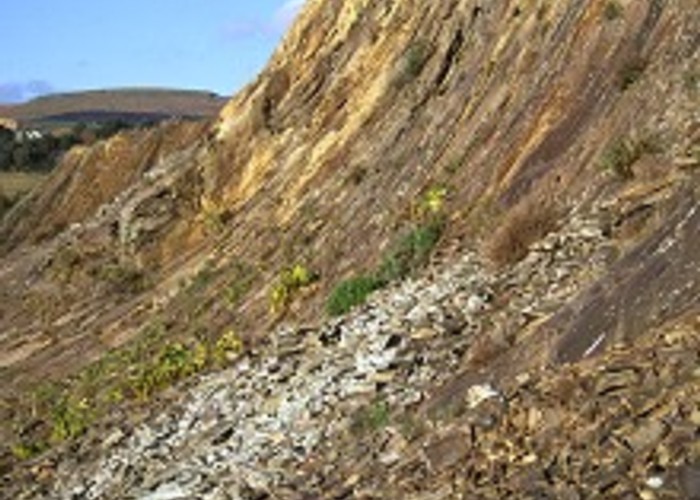Access

From Halswell, take Kennedys Bush Road south toward the hills. A marked turnoff at the base of the foothills leads into the park. A lake on the left is surrounded by the new plantings of the Sister Cities' Gardens, and on the right, the abandoned buildings of the quarry are visible.
Halswell Quarry
Opened in the 1850s, the quarry supplied stone for many distinctive Christchurch buildings, including Canterbury Museum, the Old Normal School on Cranmer Square, the Sign of the Takahe, Durham Street Methodist Church, Sunnyside Hospital, and the Provincial Council Chambers. Crushed, the stone was used as gravel under roads, while the columnar baslt visible in the quarry walls was used along rivers to strengthen their banks against erosion. Production ceased in 1990 at what is considered to be the oldest continuously operated quarry in Australasia.
Around 6 million years ago, basalt from the Lyttelton Volcano cooled rapidly to form the distinctive, fine-grained Halswell Stone, which breaks easily into sheets along its joints to form a useful building material. Water entering these joints left chemical deposits to form the distinctive black speckling of the Halswell Stone.
The Rim Track
The Rim Track begins behind the quarry buildings, leading in a gentle loop, anticlockwise around the quarry. As the track climbs above the back of the quarry, a series of platforms provide views of the space and the rock structures, while plaques tell the story of the quarry. A mountain finder at the back of the quarry provides a key to the distant ranges of the Southern Alps as well as the nearer landscape of the Port Hills. Descending from here, the track winds through native plantings alongside hillside housing before the Kennedys Bush Track to the Sign of the Bellbird leads off to the right.
Passing under a row of pines, the track descends into the old orchard at the eastern side of the quarry.
The Lake Track
Following the grassy crescent through the amphitheatre of the quarry, this short route provides the best way to appreciate the remarkable shapes in the rock. A narrow lake along the base of the rockface provides a pleasant habitat for wildlife, well, a few ducks at least. At the western end of the arc, a layer of columnar basalt is visible, overtopped by a curving layer of Halswell Stone and scree. Further along the red scoria and ash deposits from later eruptions are visible. At the eastern The eastern horn of this crescent reveals the dramatic jagged walls of the broken Halswell Stone.

